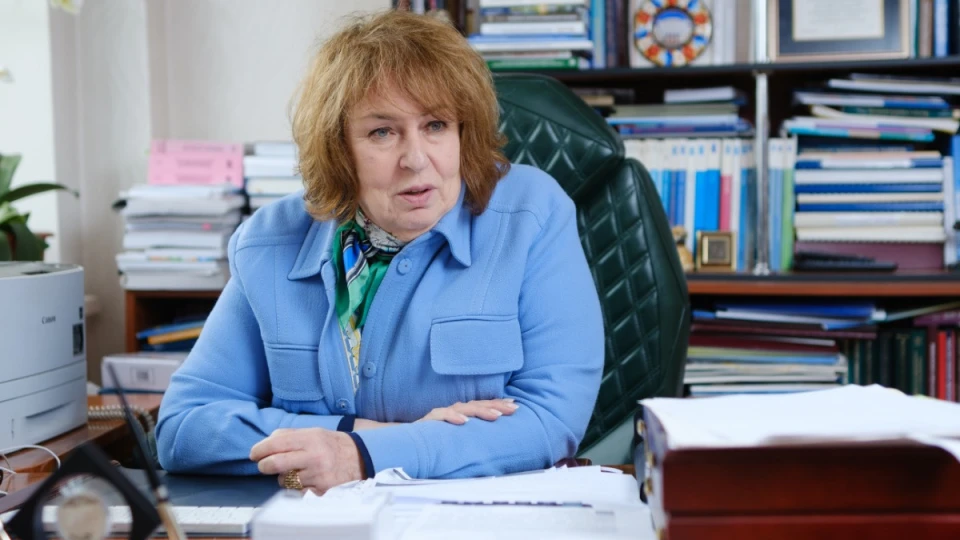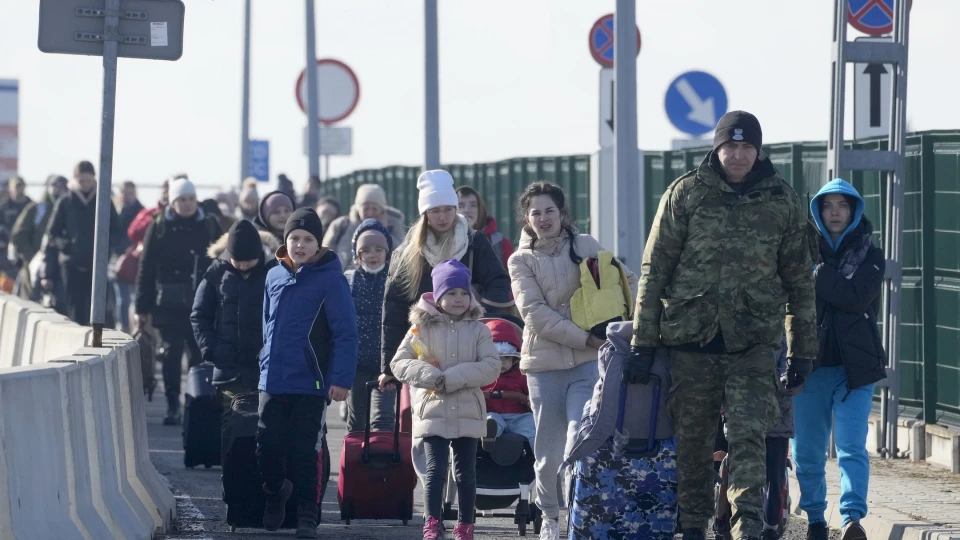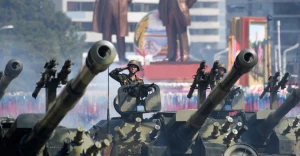
Depopulation in Ukraine inevitable under any migration scenario, says academic Libanova
Ella Libanova, Director of the Ptoukha Institute for Demography and Social Studies of the National Academy of Sciences of Ukraine, has outlined a strategy to address Ukraine's demographic challenges and prevent a potential population decline
In a comment to Espreso correspondent Kateryna Halko, Libanova mentioned the inevitability of depopulation but also presented a strategy aimed at countering it. A key component of this strategy is to stimulate the birth rate.
Libanova explained, “The traditional approach is to create conditions that encourage people to have more children. We’re not talking about wartime, we’re focusing on what can be done after the war. I admire those who are brave enough to start families now, but I wouldn't try to persuade anyone to do so under current conditions.”
She also mentioned plans to implement measures aimed at reducing premature mortality, including promoting a healthy lifestyle, preventive care, and improving access to medical services.

Additionally, the strategy includes developing a migration policy. “A major part of our plan addresses migration. Even if we manage to bring back all our external migrants, it won’t be enough because the potential for demographic growth has already been exhausted,” the Libanova said.
Libanova noted that while bringing back all Ukrainian migrants won’t fully address the issue, the strategy includes attracting foreign labor. She anticipates an “economic boom” after the war.
“This is crucial because we expect a significant economic upswing following our victory, and we’ll need labor for various sectors, including construction, which is currently facing a shortage. We need to address this deficit,” Libanova explained.
She also mentioned the importance of improving the quality of life. “If we enhance living conditions, not only will we attract people from less developed countries seeking better opportunities, but we also anticipate interest from people in European countries looking for exceptional opportunities for personal and professional growth,” she concluded.
Ukrainians abroad
Regarding Mykhailo Podoliak, advisor to the president, who said there are 7.2 million Ukrainians abroad, Libanova said she had never seen such a figure.
“According to the High Commissioner for Refugees, there are about 6 million Ukrainians abroad. However, I’m skeptical because their figure includes 1.2 million in Russia. We can’t be sure how many Ukrainians are there. The Russians first reported this number in mid-2022 and repeated it in mid-2023 without changes,” she said.
Libanova noted that, according to Eurostat, as of mid-August, 4.2 million Ukrainians were under temporary protection abroad.

“If we consider our border guards' data, about 2 million more Ukrainians have left than returned during this period,” she added.
When asked about the return rate, Libanova referred to Border Guard Service data.
“In July and August, a bit more people entered Ukraine than left, though not by a large margin. It’s a difference of tens of thousands, not millions. Migration is usually highest in the summer and lowest in February, as people travel for vacations, business, or work, not just due to the war,” she concluded.
Forecast for Ukraine’s population decline
Libanova clarified that the projection of Ukraine’s population falling to 25 million by 2050 is a rough estimate, contingent on certain scenarios.
“If conditions change, the forecast will change,” she explained.
When asked if Ukraine might adopt a policy similar to China’s one-child policy or require couples to have at least one child, Libanova expressed hope that such measures won’t be necessary.
“I hope that no one will interfere in our bed and see what we are doing there and how effective we are,” she said. “I believe we can encourage higher birth rates through improved preschools and after-school programs, flexible work schedules, and shared family responsibilities. It’s not just about responsible motherhood but also responsible fatherhood, as parenting involves both parents.”

Why government needs access to Ukrainians' bank transactions
Libanova explained that to get accurate data on the number of people in Ukraine, the authorities plan to access bank transactions. She noted that traditional methods used in the 2014 census, such as tracking electricity, bread, and water consumption, and using satellite images, didn’t provide the needed results.
“It was crucial for us to understand how many people were left. It wasn’t about gender, age, education, or other factors - just the number,” she said.
Libanova also pointed out that while mobile operator data provided some insights, it didn’t give a complete picture, particularly in rural areas.
“The situation in villages is different,” she explained. “It’s not just about having a mobile phone, it also depends on the placement of cell towers, their distance from each other, and how they overlap.”
According to Libanova, access to bank transactions would help fill in the gaps and provide a clearer picture of the population.
-
Earlier, Oleksandr Hladun, deputy director of the Institute of Demography and Quality of Life Problems of the National Academy of Sciences, said that about 34-35 million Ukrainians are currently living in the government-controlled areas.
- News












































